Covert recordings in children proceedings are by no means a new phenomenon. However, advances in technology and the ease with which interactions can be filmed or audio-recorded have led to a significant increase in family courts being asked to consider them as evidence.
Practitioners who have experience of clients proffering covert recordings of their children, or of interactions with their ex-partner, will know that the aim of the person recording is usually to obtain what they see as key, irrefutable evidence that will support their case – a silver bullet. Little thought, if any, is given to the consequences for the welfare of the children, or the potential for the court to be highly critical of their actions. Much like beauty being in the eye of the beholder, recordings do not always show what the recorder thinks they show. As is often the case in children proceedings, much will depend on the facts of a specific case.
Recordings range from a parent seeking to capture what exactly takes place during a contact handover or session, and/or to demonstrate alleged poor parenting by directly recording the child answering a series of questions. There have also been instances of a recording device being planted on a child, see M v F (Covert Recording of Children) [2016] EWFC 29.
In May 2025, the Family Justice Council issued long-awaited guidance in respect of covert recordings. This guidance provides a much-needed framework for their consideration within litigation and thereby seeks to establish a greater consistency in the approach of the family court. The guidance is long, detailed and technical, and essential for all practitioners. It has a series of helpful appendices and Appendix 1 sets out a useful overview of the general principles.
In the introduction, the FJC sounds a note of warning. It is not a ‘how-to guide’: ‘The guidance should not be read as a guide on how to achieve covert recordings that will be admissible in court.’ The guidance makes it clear that it will rarely be appropriate and often will be damaging to record a child. The court’s approach to such recordings will in the main be driven by the child’s welfare interests. There may also be data protection and human rights issues. The Family Justice Young People’s Board provided their views on the issue, and the consultation underscored the negative and harmful impact of covert recordings. Young people stressed the ‘illusion of veracity’ in covert recordings of what children say and do and pointed out how easily it is for things to be taken out of context.
The new approach
In short, recordings may be admissible but the court will have to consider what weight to attach to them. As a first step, the court must be satisfied that taken at its highest the recording is relevant to the issues in the case. The court will also need to consider its probative value: is it required to show what was said or done, or is it suggested that it is evidence that what was said was true?
Part 5 of the guidance identifies that covert recordings of children will mean that a court will need to consider: the implications for the ability of the parties to promote and protect the welfare of the family; the rights of the child; the potential need for representation of the child; whether and how the child should be informed that they have been recorded; and whether the child is required to give evidence to evaluate the content of the recording.
The guidance also notes that the cost of satellite litigation to consider the relevance of covert recordings can be significant. Costs orders against a party may well arise. A fact-specific examination of a case might lead to finding that the covert recordings are a form of abuse, enabling the grant of injunctive relief against the person recording. A parent recording an ‘interview’ of a child may find that their actions may have consequences for any parallel civil or criminal investigation. The publication or distribution of a covert recording (through social media or other means) can have harmful consequences and may not be lawful. It may be necessary for the court to consider whether an injunction is required. On the other hand, the guidance allows for recordings which are relevant and of probative value to be properly placed before the court when making decisions about children. It is therefore important to consider the issue very carefully with clients. There is no one-size-fits-all approach.
Implications for practice
The guidance reaffirms what we already know in terms of the harmful effect of overtly recording children and confirms advice that we already give to clients who might be tempted to ‘bug’ a child. If covert recording is an issue in a case, then it should be raised as early as possible so that it can be case-managed accordingly. Raise it in a C100, C1A or C2 if proceedings are already under way. Explain the context, authenticity, relevance and probative value of the recording. If you are pre-proceedings, then in addition to giving clear advice to your own client, Appendix 4 of the guidance helpfully provides a summary for those representing themselves to which a parent without legal advice can be directed.
Finally, Cafcass has indicated its expectation that family court advisers should not listen to recordings until the court has admitted them, and the FJC recommends that approach to other professionals. It may be useful to reinforce this point within the initiating forms if there is a concern that recording has (or may have) taken place, and especially so if dealing with non-Cafcass professionals.



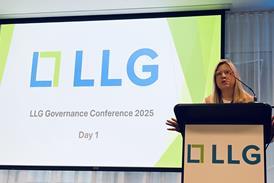


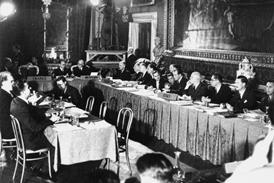






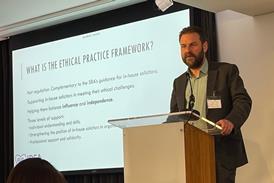









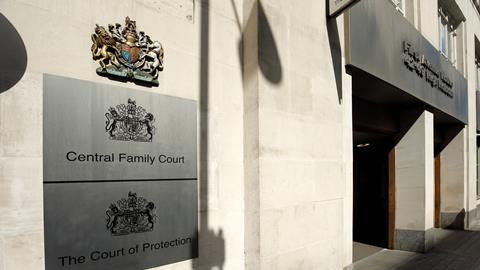



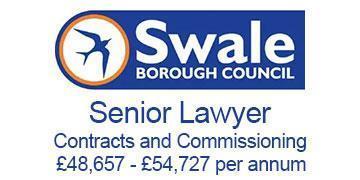




No comments yet